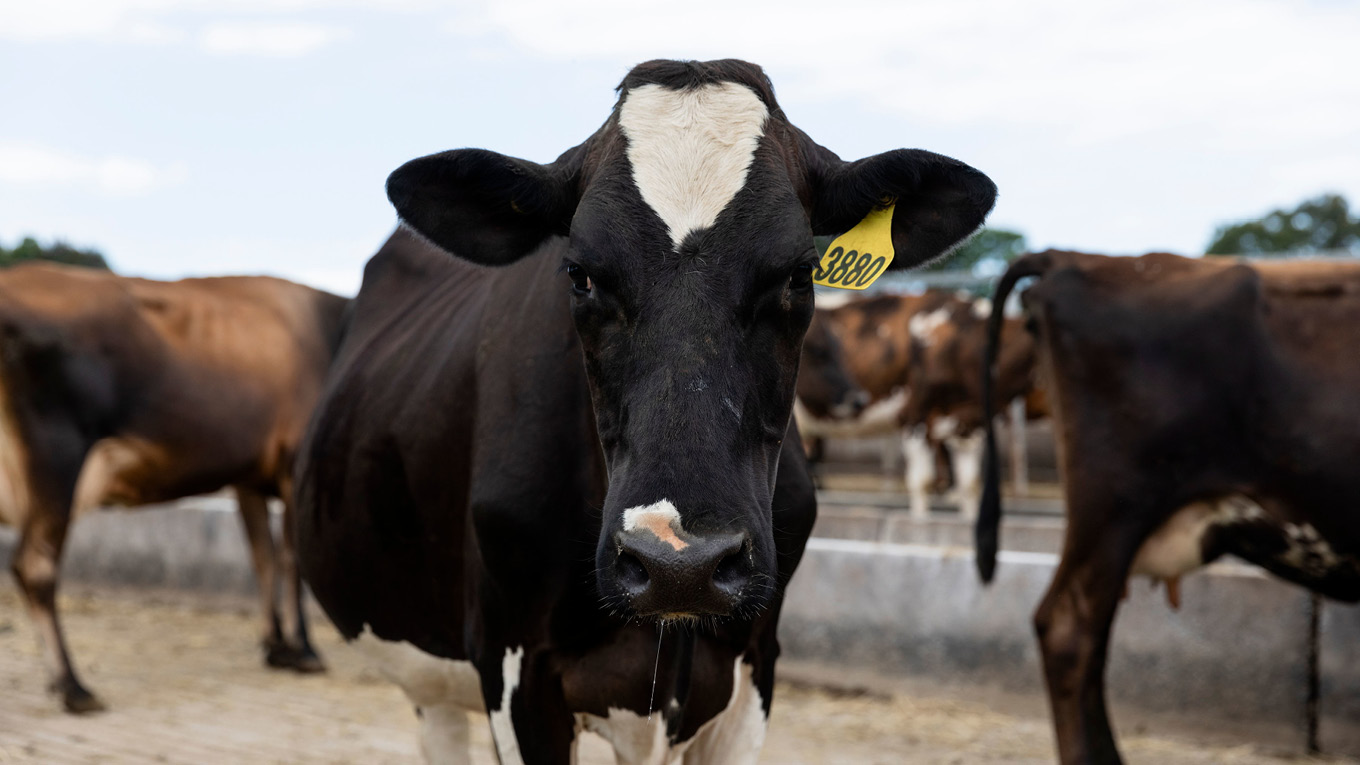Tail Docking
Tail docking of dairy cows is a painful procedure which may increase irritation from biting flies and cause long-term nerve damage. The Australian Animal Welfare Standards and Guidelines for Cattle only allow tail docking of cattle under veterinary advice to treat a tail injury or disease. For this reason, the Australian dairy industry has a goal of no farmers practising tail docking.
Tail docking in the dairy industry is largely based on habits, attitudes and tradition, rather than good science or real need. Farmers who have eliminated the practice discover that cows with full tails are just as easy to manage as those without. To minimise the problem of dirty tails, excess tail hair can be trimmed once or twice per year, otherwise known as switch trimming. Other strategies to manage cows without tail docking include calm, consistent milking practices, good dairy design, fly control and the use of tail clips.
Progress
Progress
For many years, the Australian dairy sector has promoted alternatives to tail docking and supported legislation to ban tail docking. The majority of farmers have now adopted alternatives which enhance cow and operator comfort.
The 2019 Dairy Australia Animal Husbandry Survey found that:
- The vast majority of Australian dairy farmers do not dock the tails of any of their cows. Tail docking (routine or selective) is carried out on only 4% of dairy farms, down from 9% in 2016 and 13% in 2014.
- Tail docking is still more prevalent on farms in higher rainfall areas such as Tasmania, Western Victoria and Gippsland.
More information
For more information, email enquiries@dairyaustralia.com.au or call 03 9694 3777


